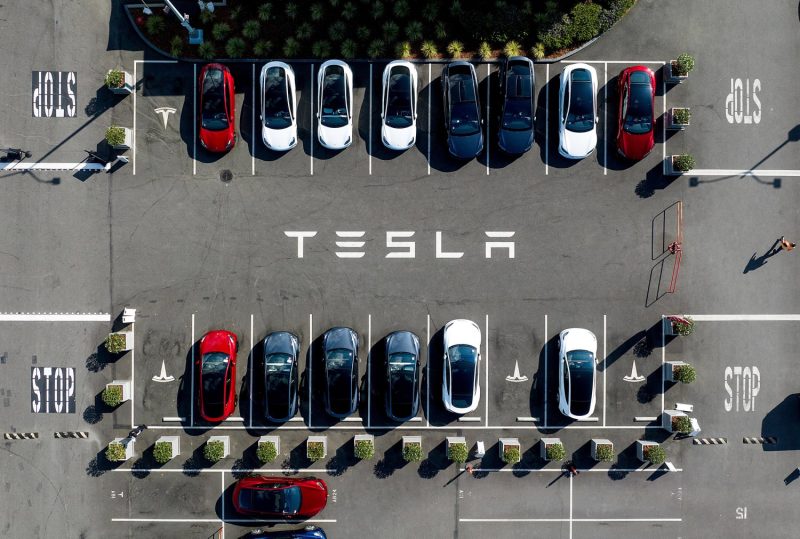In the aftermath of the 2020 US election, a wave of technological and financial trends emerged, reshaping the landscape of the business world. Some of the most significant developments include Tesla’s foray into the cryptocurrency market, the surge of Bitcoin, and the rise of Truth Social as a new social media platform.
Tesla, the innovative electric vehicle manufacturer led by Elon Musk, made headlines by investing $1.5 billion in Bitcoin. This move not only showcased Tesla’s forward-thinking approach to finance but also signaled mainstream acceptance of cryptocurrencies as a legitimate investment option. The decision sparked a debate among industry experts about the future of digital currencies and their role in the global economy.
Simultaneously, Bitcoin experienced a meteoric rise in value, reaching all-time highs and garnering attention from both speculators and institutional investors. The cryptocurrency’s decentralized nature, limited supply, and growing adoption have positioned it as a store of value and a hedge against traditional financial systems. The increasing interest in Bitcoin has fueled discussions about its potential to disrupt traditional currencies and reshape the financial sector.
Amidst these developments, former President Donald Trump’s Truth Social platform emerged as a challenger to mainstream social media giants like Facebook and Twitter. Promising an alternative space for free speech and conservative voices, Truth Social attracted a significant user base eager for a platform that aligns with their political beliefs. The platform’s launch highlighted the growing polarization of online discourse and the demand for platforms that cater to specific ideologies.
The convergence of Tesla’s Bitcoin investment, the surge of Bitcoin’s value, and the rise of Truth Social underscore the dynamic nature of the business landscape in the post-election era. These trends reflect a broader shift towards digital innovation, alternative financial systems, and the evolving role of technology in shaping political discourse.
As businesses and consumers navigate this changing landscape, they must adapt to emerging trends, harness new opportunities, and anticipate the impact of technological disruptions. The interplay between finance, technology, and social media will continue to drive innovation and redefine the business environment in the years to come. By staying informed and proactive, organizations can position themselves for success in an ever-evolving market characterized by rapid change and new possibilities.
